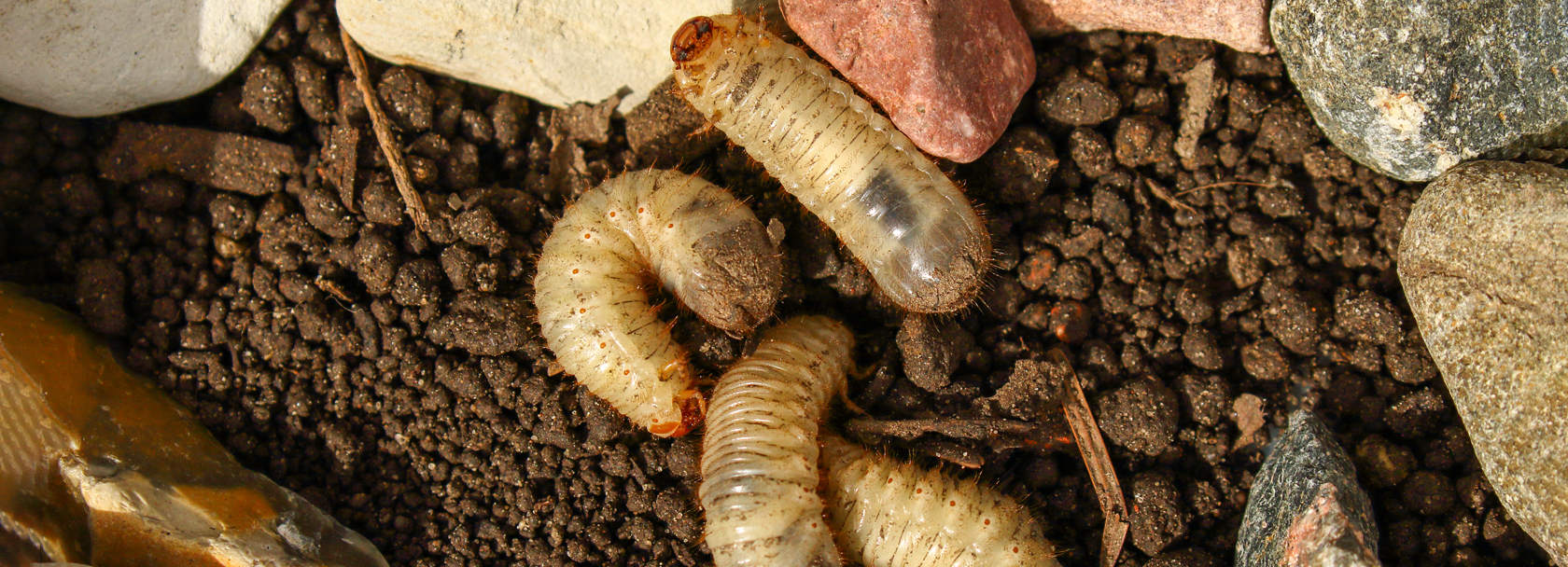Rose chafer
Rose chafer in the garden
Cetonia aurata
The rose beetle is a beautiful, showy beetle with golden-green or copper-gold shiny coloration. Its scientific name Cetonia aurata translates as gilded metallic beetle.
In this country, the golden shining rose beetle - also called common rose beetle - is common. The rose beetle belongs to the leaf horn beetle family (lat. Scarabaeidae) and is about 2-2.5 cm in size.
Its thick white larvae (up to 45 mm in size) are typical grubs.
They play an important role as humus builders and are often found when turning compost piles.
Life cycle of the rose chafer
Egg laying in the mulm of old trees (oak, poplar, willow, fruit tree), in humus soil or in compost.
Larvae hatch after 3-4 weeks, their development takes 2-3 years.
Pupation in a barrel-shaped cocoon, built from the respective surrounding material.
Hatching of the beetles, flight period April - September/October.
Development from egg to adult beetle usually takes two to three years.

Damage and benefits caused by the rose chafer
In principle, the rose weevil does not cause any significant damage.
In a very rare mass occurrence, small feeding damage to flowers may occur.
The grubs feed on dead plant parts and wood mulch and are therefore, unlike many other grubs, not harmful. On the contrary, they are particularly valuable compost inhabitants, as they can digest wood components well and actively contribute to humus formation.
The rose chafer is therefore not a pest and does not need to be controlled,
Moreover, it is protected by the Federal Species Protection Ordinance.
Should you experience damage to plants due to a mass occurrence, please feel free to contact us.
Which plants does the rosebay beetle prefer?
The beetle feeds on pollen, delicate petals and sweet plant parts. It prefers roses, lilac, elderberry, hawthorn or dogwood and can also be found on umbelliferous flowers and thistles.